By Matthew Mulrennan, Director of the Ocean Initiative at XPRIZE
The United Nations’ Sustainable Development Goal 14 is to “conserve and sustainably use the oceans, seas and marine resources.” To achieve this, we will need to create a new blue economy with sustainable start-up companies and innovations that can scale to solve the ocean’s grand challenges.
Here are 14 breakthrough innovations that are putting us on a path to healthy, valued, and understood oceans.
1. Catalina Sea Ranch off of California is the first offshore shellfish ranch permitted in U.S. federal waters, and they plan on expanding. Seafood farming, called aquaculture, provides half of all seafood consumed globally, and if done right it can reduce pressure on wild fisheries and have massive net benefits for our ocean and coastal economies.

2. Plastic alternatives and bioplastic products could help solve ocean plastic pollution, improve human health, and may be tastier, like these edible spoons by Bakey’s, a small company in India, that come in different flavors: savory, sweet or plain. We already know the answer to stopping ocean plastics – disrupt plastics. I’ll take the stir-fry with a savory spoon, please.

3. Scotland recently approved the world’s largest floating offshore wind farm. Floating offshore wind farms use less materials than traditional offshore windmills that are stabilized in the seabed. This brings down costs for tapping offshore wind energy, which is stronger and more consistent than onshore. Developing offshore wind can revitalize port communities and reduce ocean acidification and climate related threats to marine life.
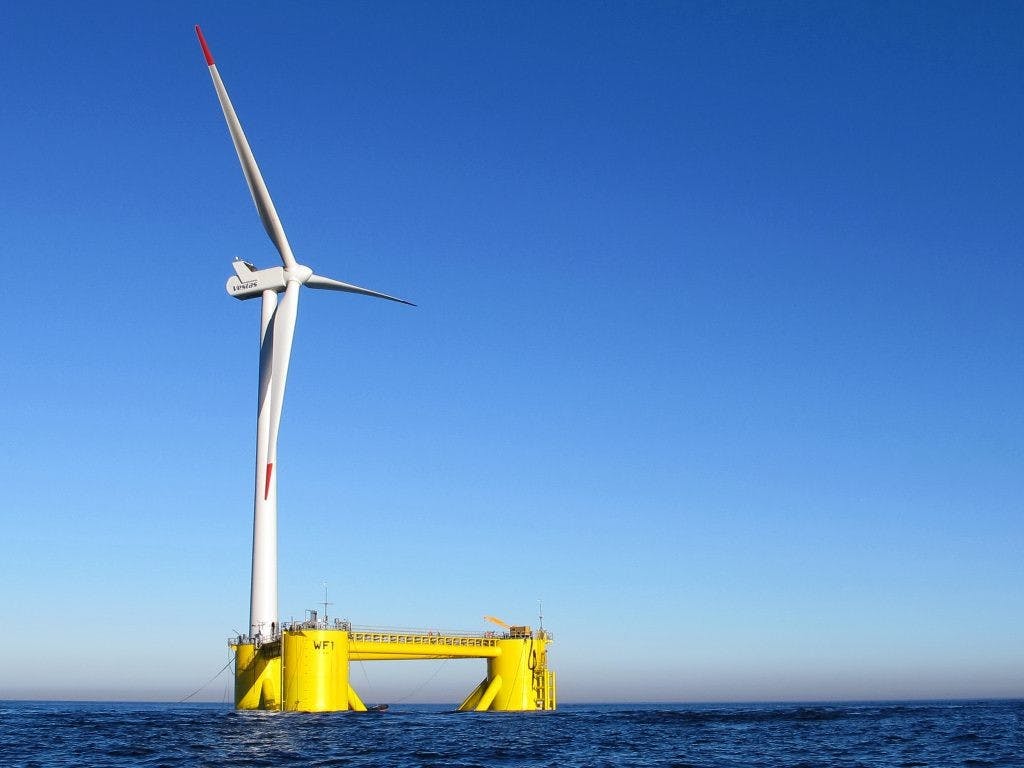
4. The New York Times published a series of amazing virtual reality videos from dives under the ice in Antarctica, a place most people will never visit. Virtual reality is allowing people to experience extreme ocean environments in a more personal way. It may be a key tool to create empathy for fragile ocean habitats and inspire a new generation of ocean ambassadors.

5. California’s Office of Environmental Farming and Innovation launched a breakthrough healthy soils initiative for reforming how farm soil is managed to reduce fertilizer use, retain water, boost crops and store more carbon. This effort could help reduce the harmful runoff pollution to the ocean from farms that causes massive ocean ‘dead zones.’ In the end, land and ocean, it’s all connected.
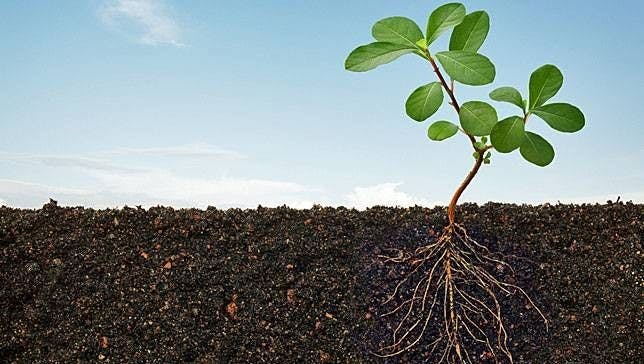
6. A Norwegian team won an international competition for selective fishing technologies by developing an air canon that launches a net into a larger fishing net to sample the size and type of fish before they are all caught. Fishers then use the sample to decide if they want to haul in this catch or not, increasing their efficiency. This reduces the conservation issue of ‘bycatch’ which is when marine species are caught and killed by accident.
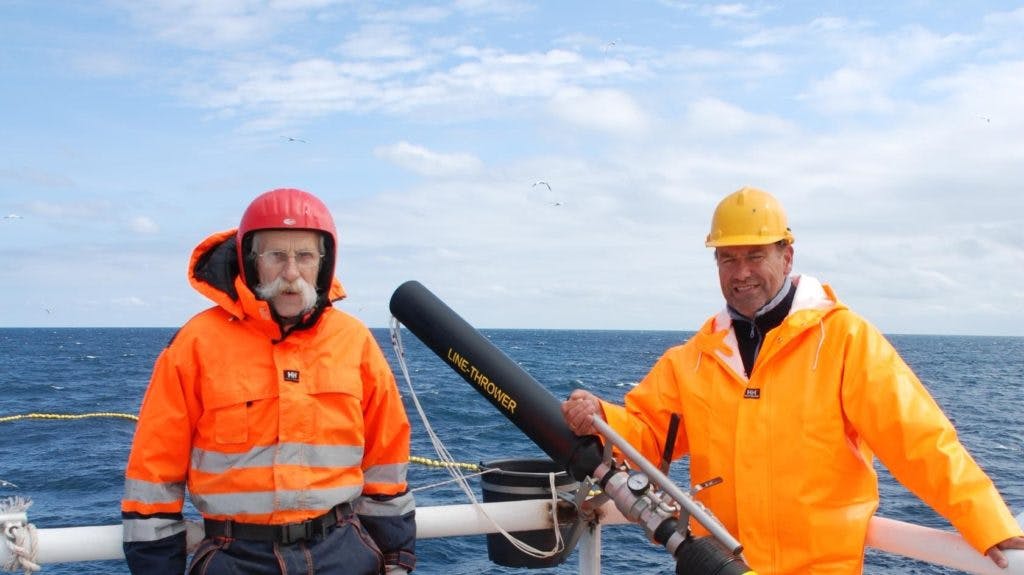
7. Dock to Dish is connecting chefs and seafood consumers to small scale local fishermen and their catches. This new/old model of community supported fishing (CSF) cuts out the convoluted and sometimes sketchy international seafood processors and industrial fishers to a direct relationship with local fishermen and the more sustainable seafood selections they catch.

8. The National Oceanic and Atmospheric Administration (NOAA) has been tagging endangered wildlife, like sea turtles, to understand and protect critical habitats and help them avoid deadly interactions with fisheries and other threats. The most mobile animals in the ocean are also some of the most endangered such as whales, sharks, Bluefin tuna, seals, penguins and sea turtles. Cutting-edge tagging and tracking technology will help to save marine life by making us aware of the secret lives of these animals.

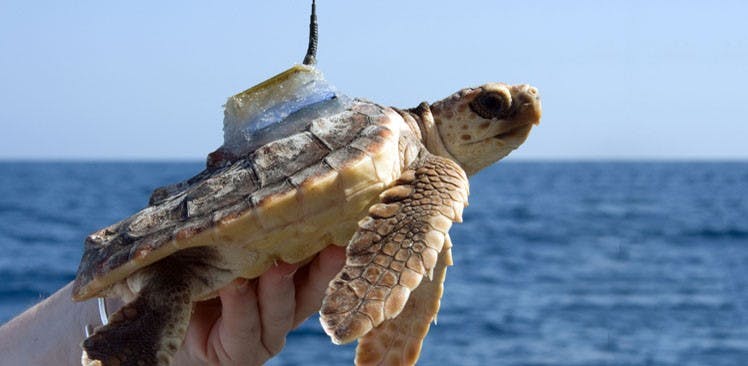
9. Breakthrough toilets! Didn’t see this one coming did you? But 96 percent of places that have both people and coral reefs have a sewage pollution problem, creating a toxic cocktail for both ecosystems and human health. Solving the problem can also be a huge economic opportunity. An MIT spinoff Sanergy is showing the surprising value of human waste in Kenya with franchised toilets, waste collection and conversion into valuable products like fertilizer.
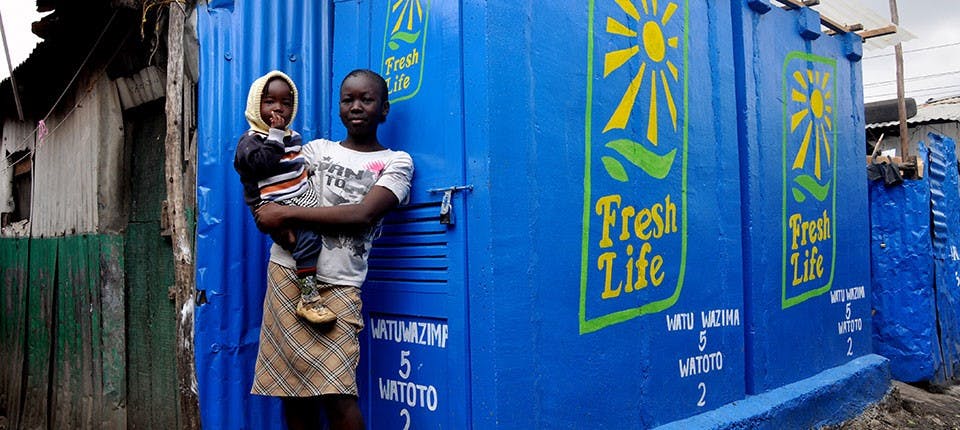
10. ‘Boaty McBoatface’ the internet famous title selected for a research vessel was rejected, but silliness prevailed as it became the name for an autonomous underwater vehicle (AUV) recently deployed on a mission to explore the deep sea off Antarctica. 95 percent of the ocean is still unmapped to a high resolution. The General Bathymetric Chart of the Oceans (GEBCO) is working to provide a map of the entire seafloor by 2030. And an Ocean Discovery XPRIZE currently underway has 20 teams around the world that are using artificial intelligence, robotic craft and drones that fly and dive, and vehicles that can withstand the cold and hull-crushing pressures needed to explore the depths. With advanced tools and passionate people, the 21st century will be the golden era of ocean exploration.




11. This is a space-like EXOSUIT atmospheric diving system from Nuytco Research in Canada for aspiring aquanauts to dive to 300 meters and still maintain dexterity. With advances in artificial gills, rebreathers, submersibles, and exosuits we can take huge strides to Jacques Cousteau’s vision of ‘Homo aquaticus,’ a new underwater species.

12. Kongsberg has unveiled plans for a new all-electric and autonomous ship (video) to replace their bunker-fuel powered vessels. Global shipping is a leading cause of global carbon emissions and is expected to grow unless significant interventions are made
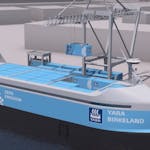
13. The Fish Rules App condenses saltwater fishing regulations into an easy to understand format for fishers to abide by fisheries size and catch limit regulations. Ocean based apps can visualize and broadcast massive amounts of ocean information to create useful services like port efficiency, sustainable fishing, surfing for citizen science, visualizing the seafloor with your phone, knowing water quality or enjoying a day at the beach.

14. The Seasteading Institute held a floating city design contest, and will be working with French Polynesia on a smaller pilot platform to house their climate refugees from rising sea levels. Floating cities could fix many of our fore mentioned human-ocean interaction problems holistically. If floating cities are established in international waters and launch new forms of governance, it would be interesting if they could also serve as innovative hubs for ocean exploration and conservation. Either way, the ocean is a far more inspiring second home than Mars.
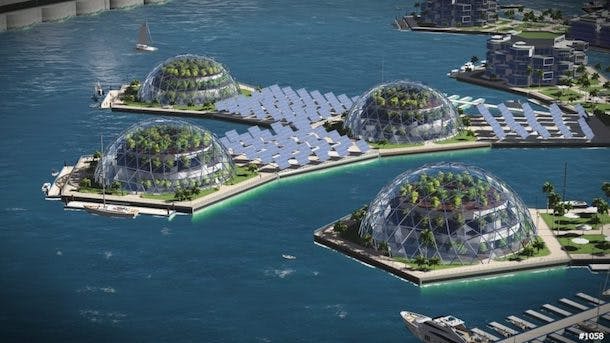
There has never been a better time for bold innovators and entrepreneurs to help save our ocean. Not all ocean problems can be tackled by ocean engineers. With crowdsourcing, ocean solutions can now come from a garage tinkerer, software coder, pastry chef, a farmer, or a student. We need to think big and grow our new blue economy in a way that invites a diversity of people and backgrounds to join the mission of using the ocean without using it up.
Matthew Mulrennan is the Director of the Ocean Initiative at XPRIZE – a commitment to conduct five ocean XPRIZE competitions, and put us on a path to making the ocean healthy, valued and understood. This post is part of the “SDG Solutions” series, hosted by the United Nations Foundation, Global Daily, and +SocialGood to raise awareness of ways the international community can advance, and is advancing, progress on the Sustainable Development Goals. As the international community prepares to gather at the UN for the High-Level Political Forum on Sustainable Development from July 10-19, this series will share ideas and examples of action.



 View All Blog Posts
View All Blog Posts